10 Learning Design Tips to Engage the Online Learners Effectively
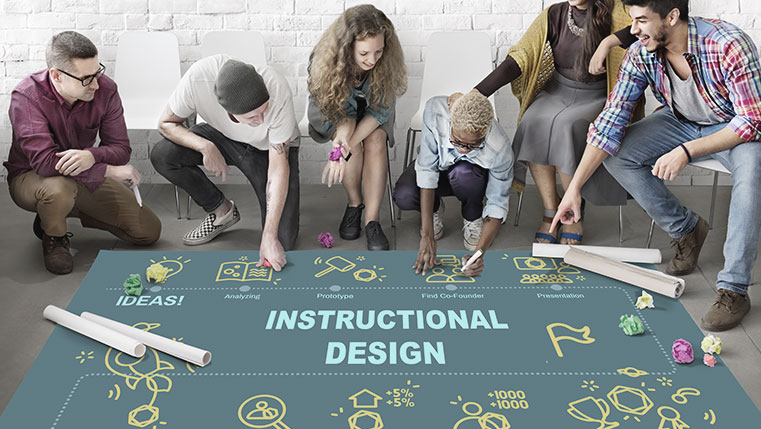
Most of the eLearning experts concur that learning requires learner’s engagement. The aim of any instructional designer is to engage the learner in an online learning environment. How to create learner’s engagement in eLearning courses? In this blog I would like to share some ideas and approaches to engage learner in eLearning courses.
1. Set effective learning objectives:
Learning objectives motivate the learner by saying what he/she can achieve on completing the eLearning course. The learner can be engaged to go through the course by saying how the course will help them to do their job better.
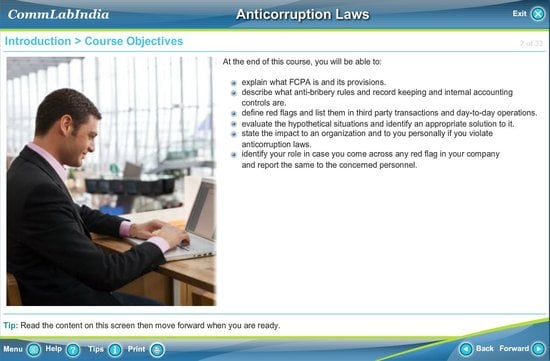
2. Keep the content relevant:
E-learning courses with irrelevant content disengage the learner. The content in eLearning course should be relevant to the learner. If not he may leave the course or may not pay any attention. The content should be short and crispy and should convey the exact explanation.
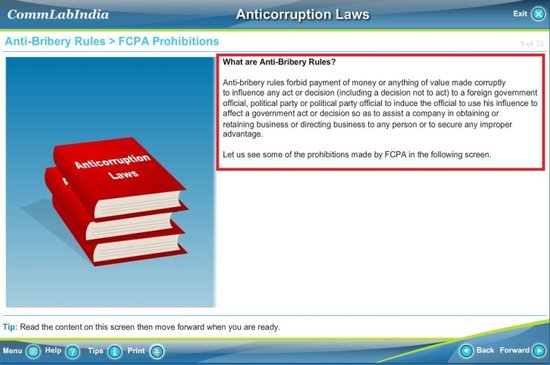
3. Use effective audio:
Good quality of audio narration can enhance the learner’s concentration. It reduces the cognitive load of the learner. Make sure that the narration should be clearly sound. The audio should be in simple words which can be easily understood and should be in a conversational tone. Adding sound effects make the learner more vigilant.
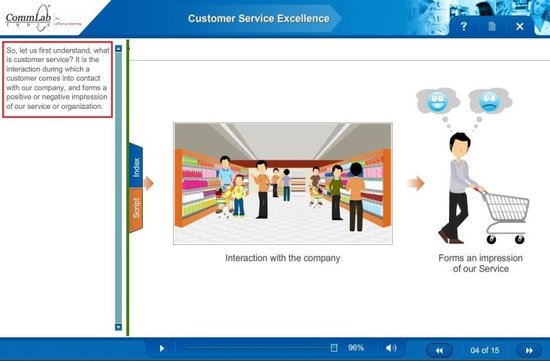
In eLearning we can use three types of narration. They are:
- Detailed (text on the screen summarizes the audio)
- Concise (audio is used to summarize on-screen text)
- Descriptive (on-screen image is described by the audio)
4. Add Videos:
Only text and graphics may not engage the learner effectively. Adding videos in an eLearning course can get the learners attention. Remember that videos should not be lengthy (better if it is of less than 3 minutes); it should be crispy and should convey the relevant explanation.
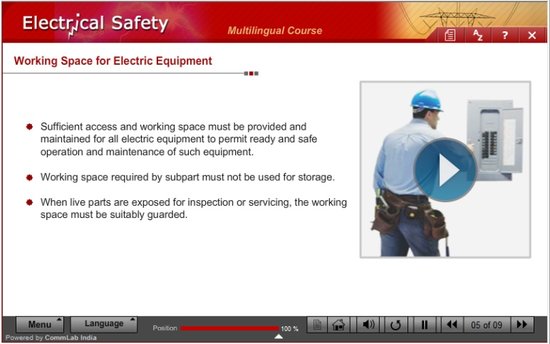
5. Visualize your content:
Visuals play important role in eLearning and help the learner to learn faster and better. Good visuals make the learner to go deeper and learn more. GUI, images, icons, global buttons, charts, graphs, text color and font in a course should be in a way to attract the learner’s eye. To explain the content effectively visual helps a lot. Good Visuals enhance the learner engagement.
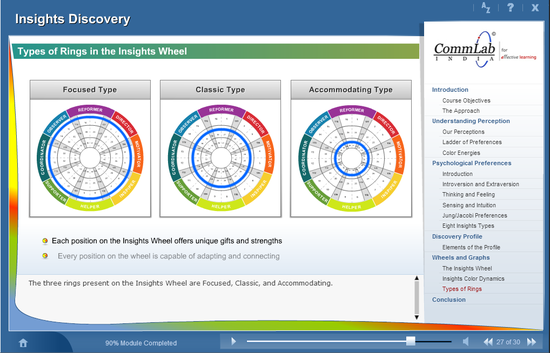
6. Include scenarios:
Using scenarios in eLearning course make learner more engaging. The real life scenarios make the course more relevant to the learners. Adding examples of scenario that the learner may face at work place can help the learner to grasp the topic quickly and also helps in recalling the course easily when they get on to the job.
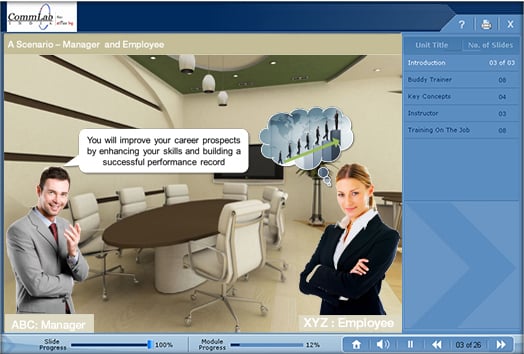
7. Add Interactivities:
In a simple way interactivity is defined as “learning by doing”. Bosco (1986) reviewed 75 learning studies and found that learner learn faster and better when using interactivities. The eLearning course can be made more engaging by adding interactivities like roll over, drag & drop, animation, slide shows, Interactivities make the learner to do something.
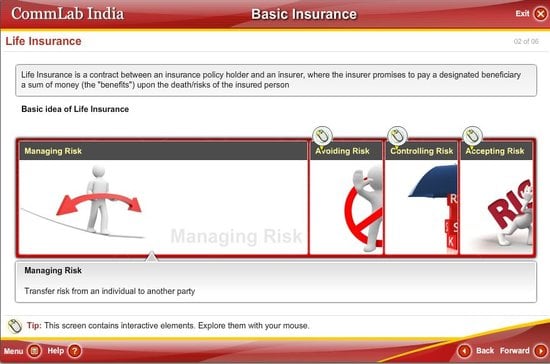
8. Create interactive Assessments:
After completing the course the learner can have an assessment and can know the results then and there. Assessment should not be a click and go type; it can be made engage to learner by using games, drag and drop, scenarios etc. If he/she fails in an assessment he/she can go through the course as many times he/she want and can reattempt the course again. Feedback is also given to the learner, if he is right, why? And if wrong, why? This helps the learner to know his/her mistakes. It can be made engage to learner as mentioned earlier.
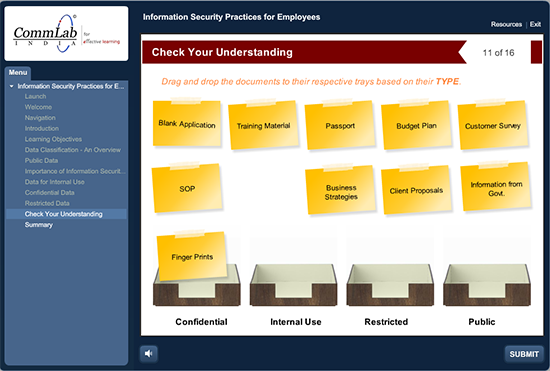
9. Use Gamification:
According to Ambient research, game-based learning is expected to grow from $1.5 billion in 2012 to $2.3 billion in 2017. Gamification is adding gaming mechanism into eLearning course to engage the learner. Asking questions by giving multiple options is not game based learning. Game based learning is like assigning a challenge to a learner and if done, motivating learner by giving some rewards.
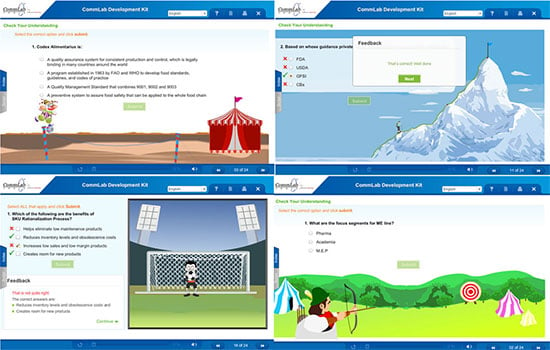
10. Include Case Studies:
Case studies in eLearning course are a form of problem based learning. Case studies are of real time situations which contain information about the problem. These case studies make the learner to concentrate more on a situation. In eLearning course, case study is one of the best ways to keep the learners engaged or involved.

These are some of the ideas and approaches to engage the learner.



![10 Learning Design Strategies to Engage Learners [Infographic]](https://blog.commlabindia.com/hubfs/Imported_Blog_Media/ten-learning-design-strategies-infographic.jpg)

![E-learning vs M-learning: 4 Design Aspects that Differ [Infographic]](https://blog.commlabindia.com/hubfs/Imported_Blog_Media/elearning-vs-mlearning-4-design-aspects-infographic1.jpg)